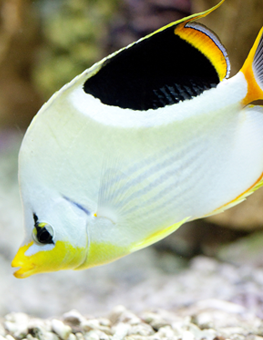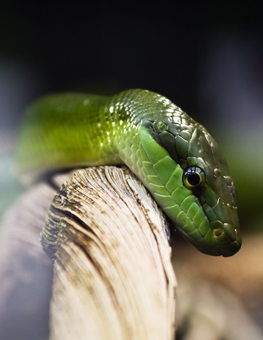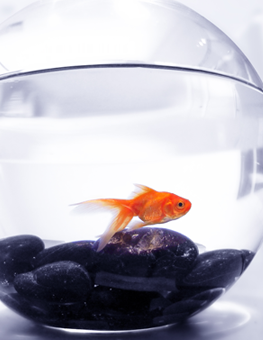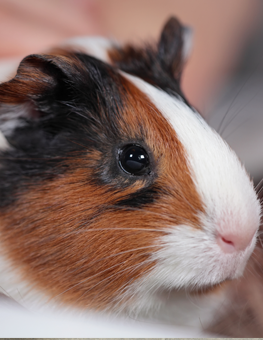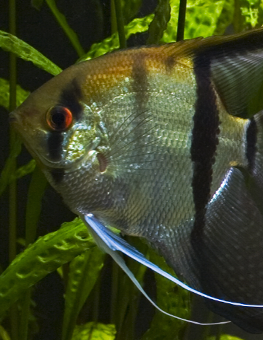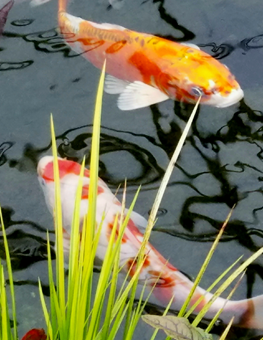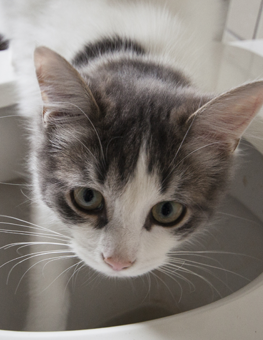Fish Behavior Basics
The key to keeping your fish healthy and happy is knowing what they are saying with their behavior.
Though you may not spend much time playing with your fish, it is important to understand their behavior, just like any pet. The way your fish is acting can tell you if he is healthy or sick, if the aquarium water is properly maintained, and many other things. Here are some common fish behaviors and what they mean:
Hiding Fish: Hiding is completely natural behavior for most fish, especially when they are first introduced to their new aquarium. Just make sure you keep your fish comfortable and healthy, and he should start coming out of hiding more readily.
Fighting Fish: If your fish are fighting, it generally means that they are not a compatible fit to be housed in the same aquarium. Many fish are naturally aggressive and will defend their territory to the death. Before stocking your aquarium, you should do research on which types of fish are compatible with others together. Here are some tips on keeping a peaceful aquarium:
- Try to vary between both top-feeders and bottom-feeders.
- Make sure your aquarium is large enough to accommodate all of your fish.
- Make sure there are plenty of hiding spaces in your tank for more submissive fish.
- Change the scenery periodically and always before adding new fish, so as to eliminate territorial claims.
- Have a good variety of different types of fish.
Fish Swimming Erratically: If your fish is swimming erratically, he could just be playing or exercising. If your fish does it this consistently and seems unhealthy, the cause may be poor water quality. You should test your water for pH, ammonia, and nitrates immediately to see if anything is improper and harming your fish. If everything is in order, the cause of your fish’s erratic behavior may could be a parasite. If your fish is rubbing himself up against something in the tank, then swimming quickly away, he may have an external parasite.
Listlessness: If your fish seem tired and lethargic, it can be as a result of many factors. One common cause is improper water temperature. If your fish’s water is too hot or too cold, they will be very inactive. Check your heater and verify that your aquarium is at the right level. Other possible causes are overfeeding and improper water quality.
Sitting on the Bottom: If your fish is spending lots of time at the bottom of the tank, it may be normal behavior. Many fish, like catfish, are bottom-feeders and spend their time there. Fish also often sleep at the bottom of their tank. If your fish’s activity, however, does not seem to fit either of these reasons, and he looks tired and listless at the bottom of the tank, it may be a sign of disease. If you think this is the case, you should quarantine the fish. A common disease that would cause this behavior is a swim bladder infection, which is a result of a poor diet or water quality. Try fasting your fish for a day or two or feeding it easy-to-digest foods such as peas.
Fish Gasping for Air: If your fish look like they are gasping for air at the top of the aquarium, this is a sign that either your water quality is poor or there is not enough dissolved oxygen in the water. You should test your water and consider getting an aerator for your tank.




